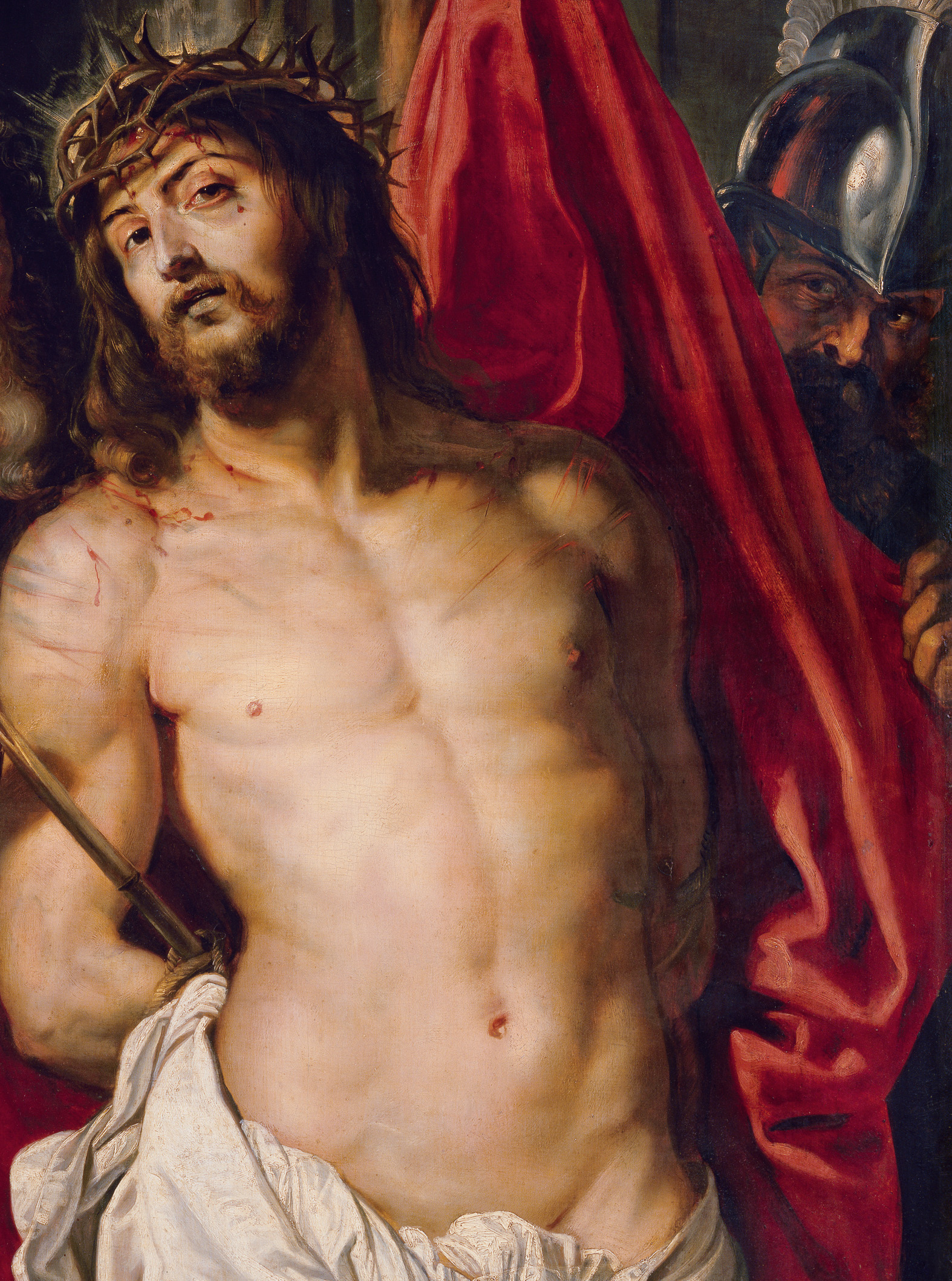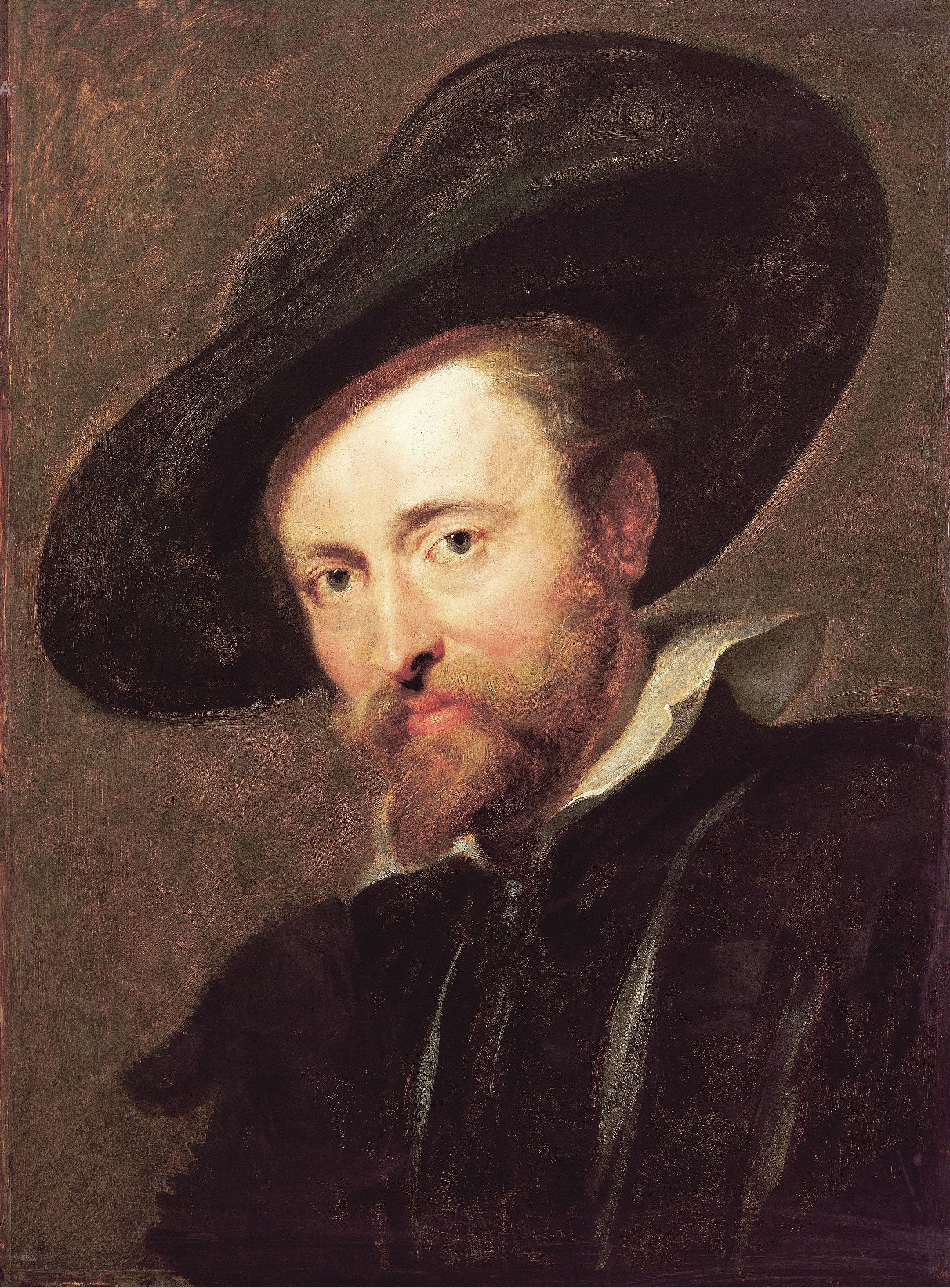Have you heard that the Kunsthistorisches Museum in Vienna has a huge exhibition of Rubens works until January 21st 2018? The selection of works includes about 70 loans from the world's major collections—including this magnificent piece from The Hermitage. It's amazing isnt' it?
“Ecce homo—behold the man” proclaims Pontius Pilate as Christ bearing the crown of thorns is brought before the crowd. Rubens shows us Jesus’ abused body closely and directly. Mistreated by his tormentors, Jesus casts his glance directly towards the viewer. We are drawn into the event in an almost disconcerting way. Rubens here draws on both Flemish and Northern Italian models. The exceptional closeness can probably be traced to influences in Rubens’ milieu. The dramatic light effects, however, suggest his study of Caravaggio. Regardless of what influences may be implied, the unusual posture of the idealized upper torso is a surprising reference: Rubens here draws on a statue from classical antiquity that portrays a centaur tamed by Cupid. This can be seen in the hands tied to the back and the upper body bent backwards. This portrayal gives Christ a triumphant appearance, though weals and traces of blood convey the torment of the flagellation, which in this masterpiece is brought home with unusual immediacy.
Check out "5 kinda weird portraits from KHM collection that will make you wonder" about human physhiognomy. Enjoy!


 Peter Paul Rubens
Peter Paul Rubens